China has successfully tested a parachute system during a recent launch of a Long March-3B carrier rocket, confirming an ability to narrow the landing area by 80 percent, making the landing more precise, the Global Times learned from the China Academy of Launch Vehicle Technology (CALT) on Friday.
The test was conducted on May 17 when the rocket was successfully launched carrying the 56th satellite for China's BeiDou Navigation Satellite System.
After analysis of experimental data and debris at the site, the academy found that the parachute system can fly in accordance with arranged landing lines and precisely push the detached part of the rocket to the landing area. The system narrowed the landing area range by 80 percent, according to the academy.
The test laid the foundation for large-scale application of the system in future projects, the academy noted.
According to the academy, the parachute system was independently developed by CALT to improve the safety of the landing area of rocket debris at the inland launch site.
Encased atop one of the rocket's four boosters, the high-tech parachute system was activated after the booster separated from the rocket and fell back to a preset altitude in order to control the separated body's altitude and direction and guide it to the arranged landing area, the academy told the Global Times.
The precise controlling of the system was achieved after various rounds of optimization.
The main optimization was carried out in the electrical subsystem. Engineers integrated the design of the parachute system in the boosters with that of the rocket fairings, and also integrated the electrical equipment within the parachute system, achieving a weight reduction of 30 kilograms, according to CALT.









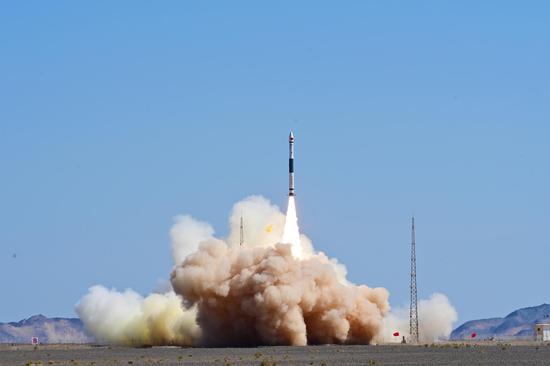






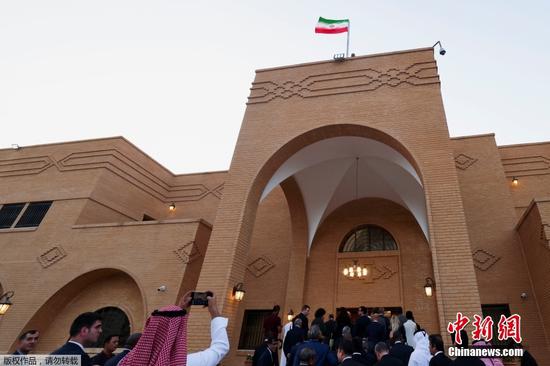
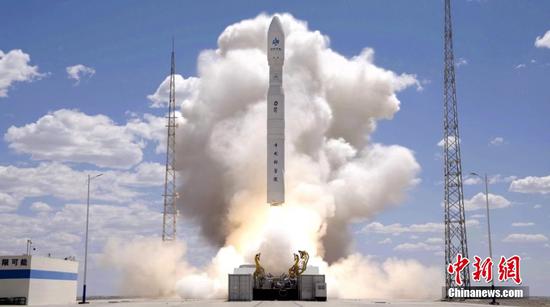










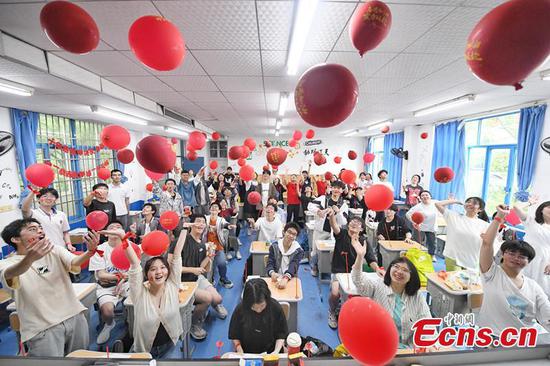
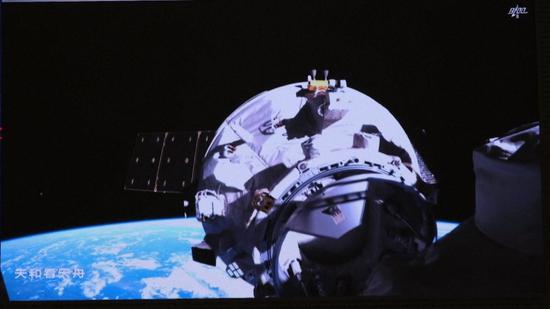
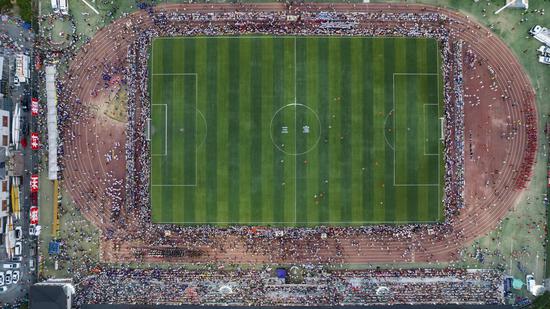





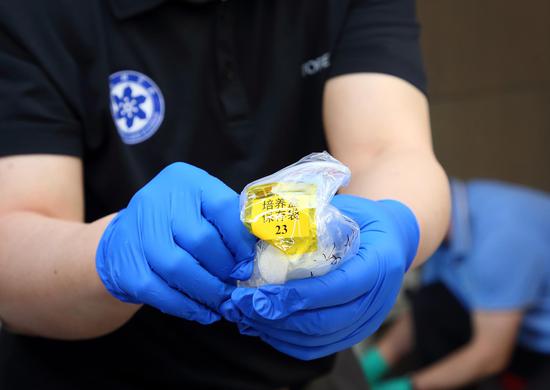













 京公网安备 11010202009201号
京公网安备 11010202009201号